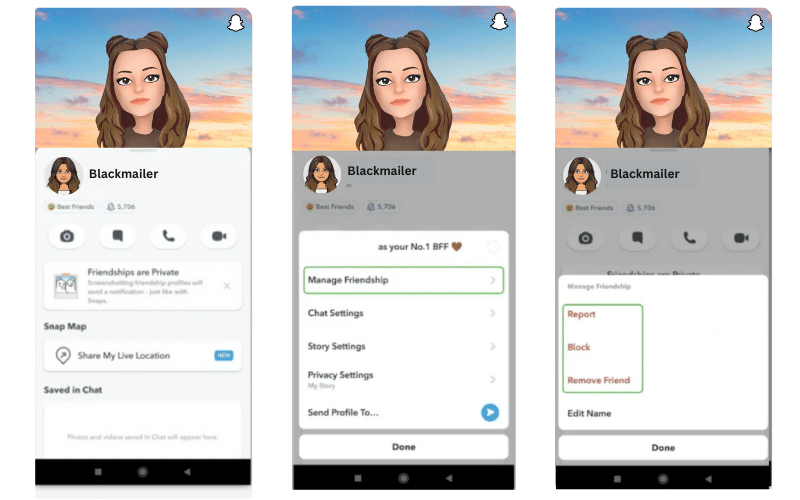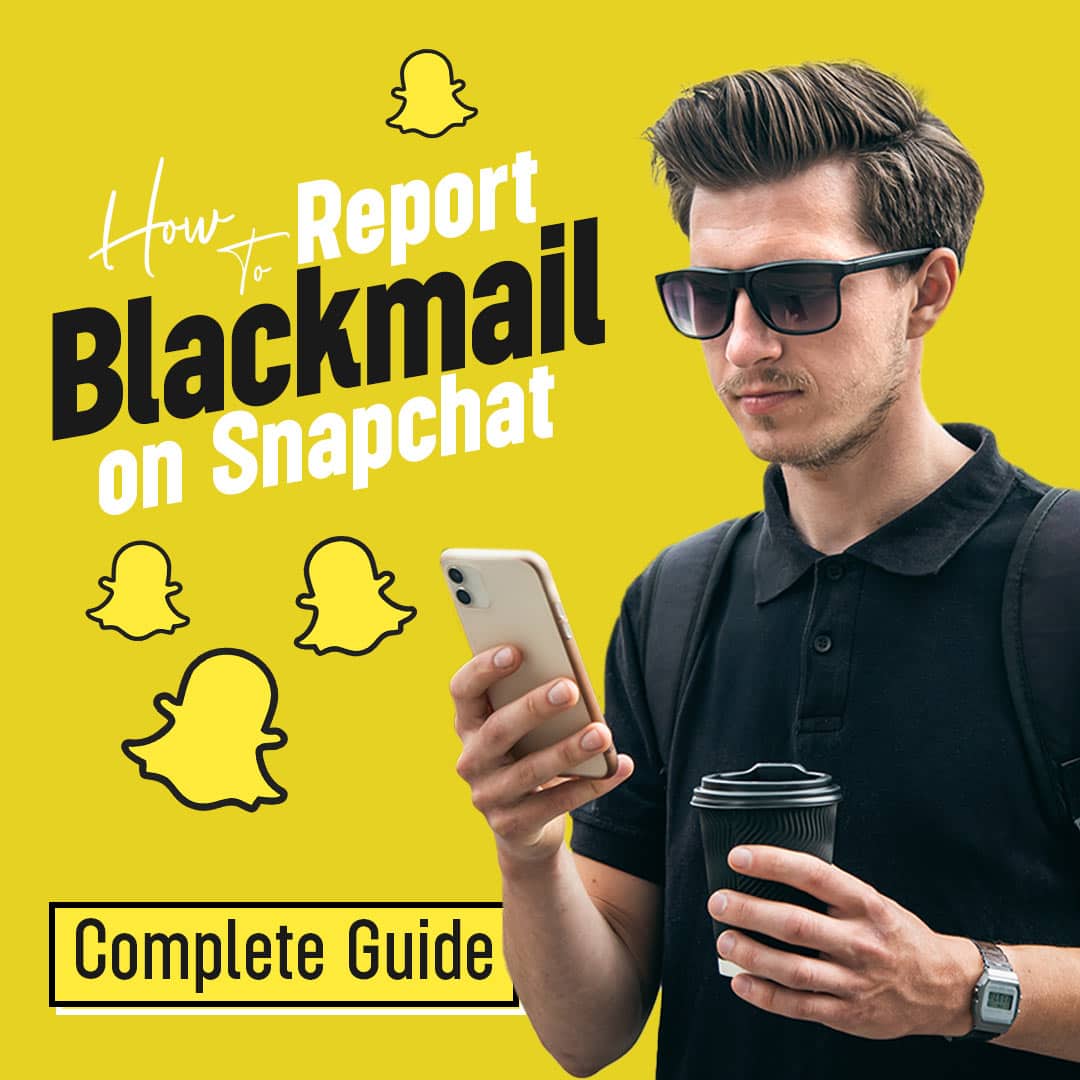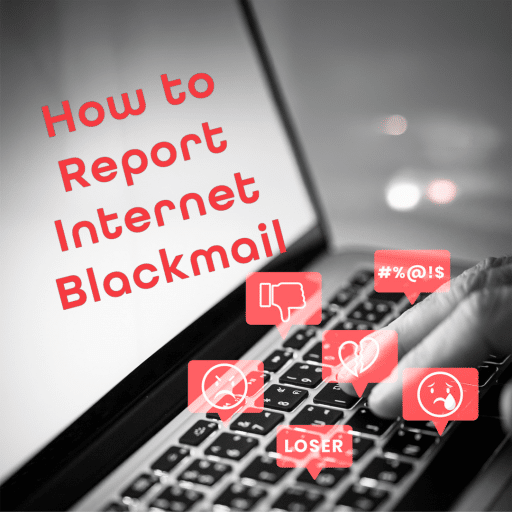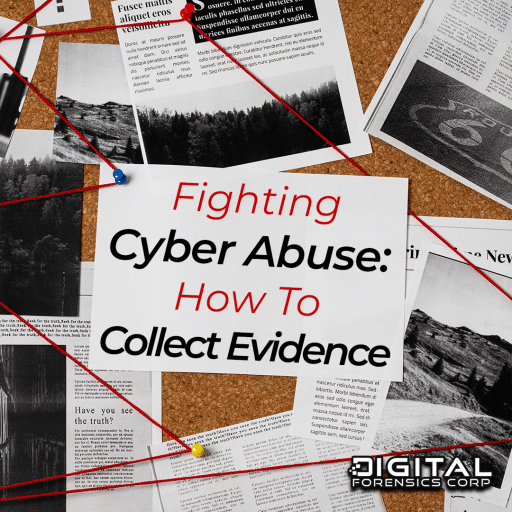Reporting blackmailers on the Snapchat application is an essential first step for anyone who has been targeted by cybercriminals through Snapchat. If you are being extorted or blackmailed on Snapchat, you are not alone and you have options to fight back. At Digital Forensics Corp., we work with individuals and organizations to combat cybercrimes including blackmail scams that many experience on social apps.
Throughout this guide, we will explore the why, the how of Snapchat Blackmail as well as the next steps for victims. As you explore, remember, if you are a victim of blackmail, what is being done to you is a crime and you have options to protect your privacy and reputation.
Why Is Snapchat a Popular Tool for Blackmail Scams
To be clear, Snapchat is not unique amongst social media applications, but as the ninth largest social media app in 2024 with over 800 million users (1), it is natural that cybercriminals treat Snapchat as a tool in which to farm new targets for different cybercrimes.
Cyber blackmail has become a major industry, targeting thousands of individuals every year. These scams are carefully orchestrated, with criminals exploiting common vulnerabilities and using different variations of extortion. In fact, some news outlets have even classified online blackmail as an industry in certain countries due to its sheer scale. The reality is, if you fall victim to one of these schemes, you are not alone—millions are targeted every year. It is important to remember that you should not feel ashamed or embarrassed for becoming a victim of snapchat blackmail.
Blackmailers choose to use Snapchat because the application checks off the two necessities to carry out any digital blackmail scam.
- The ability to create a profile anonymously or with fake credentials. This allows blackmailers to preserve their anonymity and evade authorities.
- Direct Messaging and Group Chats. This is used both to acquire many victims at one time and create tangible threats against those victims.
So long as these two factors exist on a social media application, the apps can and will likely be used to extort innocent victims for financial gain.
The 5 Most Common Blackmail Scams Deployed on Snapchat:
While digital blackmailers use several tactics to extort Snapchat users for financial gain, five scams are the most common, with the top one accounting for 75% of cybercrimes reported to Digital Forensics Corp. between 2020-2023.*
- Sextortion: This is a blackmail scam where the cybercriminal pretends to be an attractive stranger with a romantic interest in the victim. Through flirtatious messages, the blackmailer entices the victim to send them explicit photos or images. Once received the blackmailer will threaten to share the explicit content and expose the victim unless they are paid for their silence.
- Romance Scams: This blackmail scam involves the scammer creating a fake or real profiles in the hopes of creating a cyber relationship with their victim. Using romantic language, the criminal creates an emotional investment with the victim to extort money or favors.
- Impersonation of Celebrities or Influencers: This scam shares tactics and objectives with Romance Scams with the only difference being that the criminal’s fake profile will impersonate a real celebrity or influencer in the hopes of drawing in more victims with the offer of romance or friendship.
- Personal Data Extortion: This tactic goes by a few names, including Doxxing, where the scammer attempts to gain access to the victim’s personal information. Once they gain any data on the victim, they will threaten to release it unless the victim pays them to keep it private.
- Escort Scams: In these cyber scams, the criminal poses as an escort or other type of sex worker, advertising their services to different targets. In these scams the criminal either extorts a “security deposit” for meeting the target or they will threaten to expose the target for their engagement in prostitution. In some cases, escort scammers will also harass their targets extorting money with the threat of violence.
While the threat of these scams can be terrifying, sextortion is the most common—and often the one victims are least likely to report. Many victims fear that their intimate images or videos, often referred to as “Nudes”, will be exposed to their friends, families, co-workers, or other social groups. Using this fear, blackmailers extort their targets, using harassment and fear tactics to consistently drain their victims financially.
Another factor adding to the increase of these cases is the fact that Romance Scams, Fake Celebrity/Influencer Scams, and Escort Scams can evolve into Sextortion Scams.
Understanding How Blackmail Occurs on Snapchat.
Extortion scams on social media tend to follow a standard structure. The blackmailer creates an account using an alias. While some of these accounts may have little information about the account holder’s personal history or real images, others may use AI-generated or pirated images to create a convincing online presence. Once set in place, they will begin sending friend requests to different accounts to catfish potential victims. Often these friend requests will include some type of complimentary or sultry message to entice the account holder to accept the request.
As soon as a potential victim accepts the requests, the blackmailer will begin using different messaging tactics to create what feels like a potential romantic attachment from their victim. As these criminals begin to build comfort and trust with their target, this is when a request will come through. Either the blackmailer will introduce the idea that they take the conversation to another channel for a more intimate conversation, or they may begin pressuring the target to send them some type of sexual content.
If the victim complies, for any reason, this is when the blackmailer will drop their loving act and begin sending threatening messages. If the blackmailer has done their due diligence, they will often include names of connections of proof of their ability to send mass messages to the victims friends, family, or followers. Once the threat is set, these cybercriminals will often begin making promises that they will delete the content if the victim sends some type of payment. Often the blackmailer will request that these payments are in more untraceable forms of currency including crypto or electronic gift cards.
But this is not where the blackmail ends, often those that pay their extortionist quickly find that these demands for money were simply to gauge whether the victim would pay. As time goes on the blackmailer will request additional payments in higher amounts until the victim takes active steps to make the sextortion stop.
To help stop social media sextortion, applications like Snapchat rely primarily on the reports of suspicious or illegal activity submitted by their own user base.
If you would like additional information on how to prevent sextortion on the Snapchat app, please read this free resource “How to Prevent Blackmail on Snapchat.”
Two Methods For Reporting Someone on Snapchat
Snapchat offers users two methods to report blackmail or other cybercrimes. You can report the user directly through the mobile app (pictured below) or using Snapchat’s desktop support site.
Here’s How to Report Your Blackmailers Account on the Snapchat App
Follow these four steps to report your blackmailer to Snapchat system administrators:
- Click on the user who is blackmailing you. Tap the … menu in the corner of the screen to open the main menu.
- Tap “Manage Friendship” from the menu options.
- Choose the “Report” option from the menu that pops up.
- Once selected you will be prompted to submit additional information on the situation you are experiencing.
Once you have reported your blackmailers account, you should block your blackmailers account by re-opening the “Manage Friendship” settings from the instructions above and choosing to block the users account.

Here’s How to Report Your Blackmailer Through Snapchat Desktop Support Site
If you would prefer to submit your claim outside of the Snapchat app, Snapchat support offers a secondary website in which to file your claim.
Go to this link. On this website you will be required to submit your account information as well as information on the account you want to report.
Before you submit your claim be sure to collect screenshots of all the messages between you and the blackmailer. These screenshots do not need to include the content the blackmailer is using to extort you just the messages that show their threats.
Will Your Blackmailer Know That You Reported Them to Snapchat?
NO. All reports submitted to Snapchat are anonymous and handled with strict confidentiality. Snapchat may share blackmail or sextortion report with law enforcement as per their terms and conditions.
Once you submit the initial report, Snapchat’s team will conduct a review of your blackmailer’s account. To expedite this review, it is important for you to submit all information including messages received and other information that showcases the blackmail that has occurred.
While the review is conducted, you may wish to refrain any additional communication with the blackmailers account and tighten your privacy settings. Unless the blackmailer is a real acquittance you’ve met in person, it is unlikely that you are the only victim they targeted with the account, making it even harder for them to pinpoint who reported them to Snapchat for blackmail.
What Happens When You Report Someone For Blackmail on Snapchat?
When you Report an account for blackmail or sextortion on Snapchat, you will be required to submit additional information showing that the account holder has attempted to extort you. You will not be required to submit any of the images or videos that the account holder used to extort you, only screenshots proving that they messaged you threatening you with the content. Once the review is completed, Snapchat will likely suspend the user’s account for violating their terms of service. While this can help protect you from additional messaging from your blackmailer, it is not a permanent solution to end the blackmail. As a result, you may want to review the additional steps outlined below.
Additional Steps When Reporting Blackmail on Snapchat.
While reporting blackmail to Snapchat is an important first step, you should also file reports with the following agencies, depending on the specifics of your situation.
File A Report with Local Law Enforcement.
Although Snapchat advises that they open reports with local authorities in cases of cybercrimes, it is important for you as the victim to file a report with your local law enforcement. While the officers may advise that an additional report may need to be filed with the FBI cyber crimes division, it is important that any victim of blackmail complete this precaution.
File A Report with The National Center for Missing & Exploited Children (NCMEC).
If you or someone you love is being sextorted and is under the age of 18, the Federal Bureau of Investigations (FBI) insists that you file a report through the National Center for Missing & Exploited Children (NCMEC). Cases of sextortion or other types of sexual crimes against minors are handled differently than those against adults.
Stop Snapchat Blackmail with Digital Forensics Corp.
You do not need to suffer in silence, Snapchat blackmail can leave its victims feeling fearful of what could happen and unsure of how to respond. But here at Digital Forensics Corp, our teams of digital forensics experts and social engineers work to stop cyber blackmail across the globe.
If you would like additional resources on how to stop blackmail on Snapchat, check out our article “How To Stop Snapchat Blackmail” where we uncover the steps you can take when threatened on this popular social app.
We also have teams of specialists available 24/7 who can help evaluate your case at (888) 202-0867 or click here to get help today.
Sources:
Snapchat reported MAUs users: https://newsroom.snap.com/
Snapchat Community Guidelines Regarding Sexual Content: https://values.snap.com/privacy/transparency/community-guidelines/sexual-content?lang=en-US
DISCLAIMER: THIS POST IS FOR INFORMATIONAL PURPOSES ONLY AND IS NOT TO BE CONSIDERED LEGAL ADVICE ON ANY SUBJECT MATTER. DIGITAL FORENSICS CORP. IS NOT A LAWFIRM AND DOES NOT PROVIDE LEGAL ADVICE OR SERVICES. By viewing posts, the reader understands there is no attorney-client relationship, the post should not be used as a substitute for legal advice from a licensed professional attorney, and readers are urged to consult their own legal counsel on any specific legal questions concerning a specific situation.
*The information presented in this article is based on sources that are not readily available to the public and may be subject to restrictions or confidentiality. It is intended for informational purposes only.







